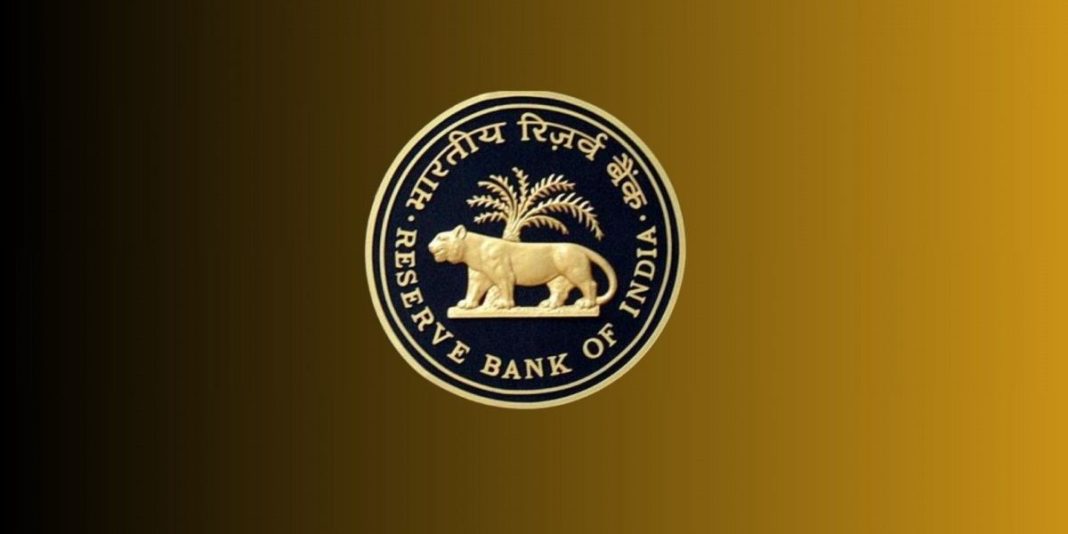The Reserve Bank of India (RBI) is reportedly planning to update its Fair Practices Code to allow lenders (banks & NBFCs) to remotely lock mobile phones bought on credit if borrowers fail to pay their EMIs. The move aims to curb bad debts, especially on small-ticket consumer durable loans, but it has triggered concerns about consumer rights, privacy, and access to essential services.
Key Features of the Proposed Rule
- Applies to phones bought on credit where payment of EMIs is required.
- Lenders would need explicit, prior consent from borrowers before activating any device-locking feature.
- The locking ability would not allow lenders to access personal data stored on the device—only disable certain core device functions until payments are regularized.
- The mechanism would likely rely on software/apps installed at time of purchase (or credit issuance) which facilitate remote locking.
Why RBI Is Considering This
- Rising defaults in small-ticket consumer loans (electronics, durables) have become a challenge, especially for non-bank finance companies (NBFCs).
- Loans under ₹1 lakh show higher delinquency, so stronger recovery tools are being explored.
- The measure would help lenders improve recoveries and reduce their non-performing assets (NPAs) for small-ticket consumer loans.
Concerns & Issues Raised
- Consumer rights & access: Locking a phone could cut off people from essential services—education, communication, banking. For many, a smartphone is essential. India Today
- Digital privacy concerns: Even though data access is prohibited, there are worries about potential misuse, surveillance, or overreach.
- Economic inequality: Lower income borrowers may be disproportionately affected. If device-lock is used aggressively, it could worsen digital divide.
- Implementation challenges: Ensuring apps are secure, ensuring the locking mechanism is fair, enforcing consent properly, and dealing with false positives/malfunctions.
What Borrowers Should Know
- If rule becomes official, when buying a phone on credit you will likely see clauses in the contract asking for your consent to a locking app.
- Be sure to read the loan agreement carefully: what exactly the lender can lock, what functions remain, whether you can unlock once you pay, etc.
- Keep documentation of all EMIs, reminders, communication—helps in case of disputes.
- Explore alternate financing options if uncomfortable with locking clauses.
Conclusion
RBI’s proposed rule to allow lenders to lock phones of borrowers who default on EMIs reflects a tougher stance on credit recoveries in India’s consumer finance sector. While it could help reduce small-loan delinquencies, the measure carries serious stakes for consumer rights, privacy, and digital accessibility. As the policy evolves, how well RBI balances lender protection with consumer safeguards will be critical.



